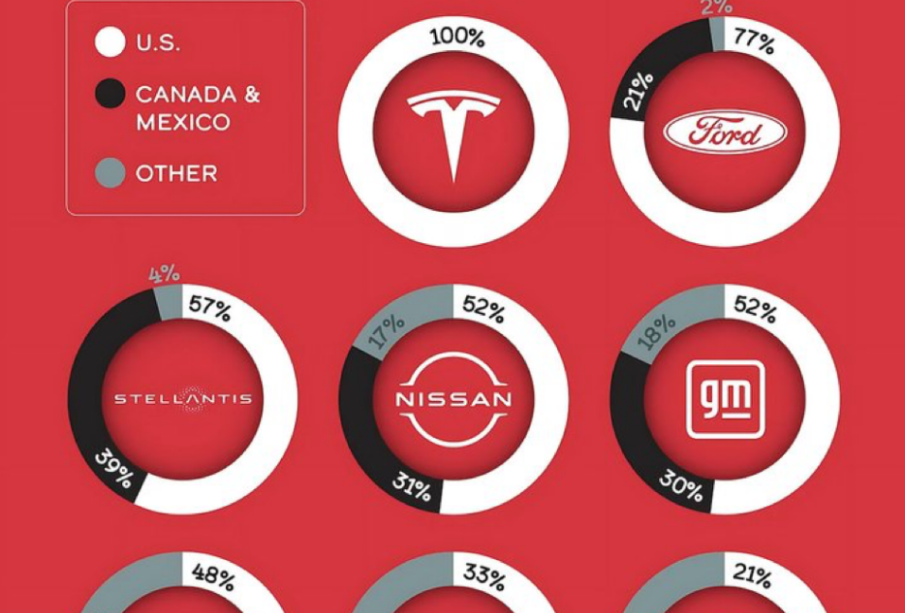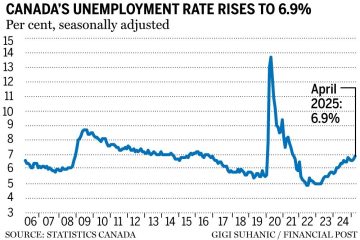Understanding Auto Tariffs and Their Impact on Canada

Introduction
Auto tariffs have become a focal point in international trade discussions, especially as countries seek to protect their domestic industries. In Canada, the automotive sector is pivotal, contributing billions to the economy. Understanding the implications of auto tariffs is crucial for consumers, manufacturers, and policymakers alike.
Current Events Surrounding Auto Tariffs
In recent months, auto tariffs have been a subject of intense negotiation between Canada, the United States, and Mexico. Following the US-Mexico-Canada Agreement (USMCA), discussions have continued regarding the imposition of tariffs on car imports, particularly those originating from outside North America. The Biden administration has emphasized the need for fair trade and has initiated reviews on existing tariffs, which has incited concerns among Canadian auto manufacturers.
In October 2023, Canadian Trade Minister Mary Ng met with her US counterparts to address ongoing issues related to auto tariffs. Reports indicate that while Canada has largely benefitted from duty-free access under previous agreements, the looming threat of increased tariffs on electric vehicles (EVs) poses a significant challenge. Industry experts predict that if tariffs are enacted, it could lead to higher prices for consumers and potentially stifle innovation in the EV market.
Statistics and Economic Impact
The Canadian auto industry employs approximately 500,000 people and accounts for nearly 10% of the country’s manufacturing output. According to the Canadian Automotive Partnership Council, the sector has seen a steady growth trend, but this could stall if tariffs are implemented. For instance, a recent study revealed that a 25% tariff on imported vehicles would lead to an estimated increase of $5,000 in car prices for consumers. This economic pressure could deter potential buyers and negatively affect sales.
Looking Ahead
As negotiations continue, the role of auto tariffs in shaping the Canadian automotive landscape will be critical. Analysts emphasize that both the Canadian government and the auto industry must collaborate to mitigate potential adverse effects. Strategies may include investing in domestic manufacturing capabilities and promoting local EV production to comply with US regulatory standards.
Conclusion
Auto tariffs remain a contentious issue within international trade, impacting both policy decisions and market dynamics in Canada. As discussions evolve, stakeholders must remain vigilant and proactive to safeguard the interests of the automotive sector and consumers. The upcoming months will be crucial as Canada seeks to navigate its relationship with the US and the overall global market.








